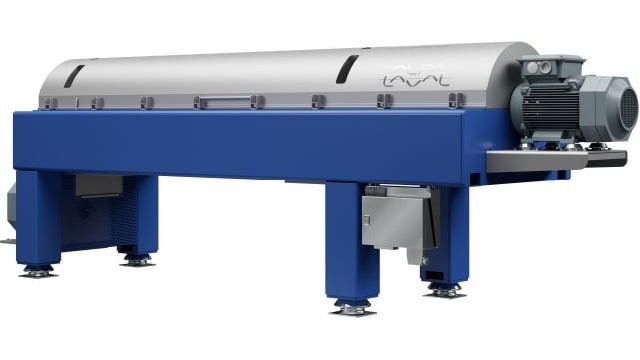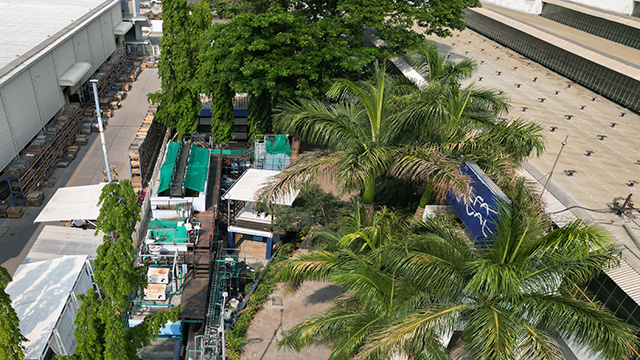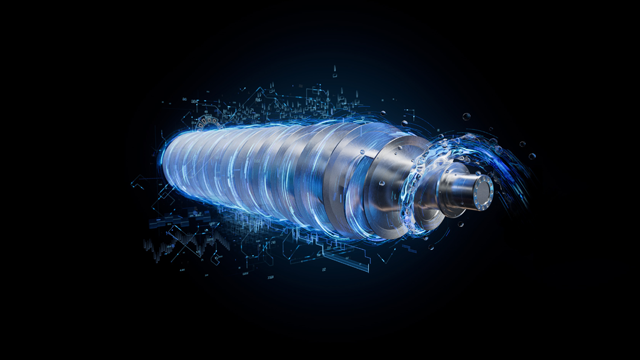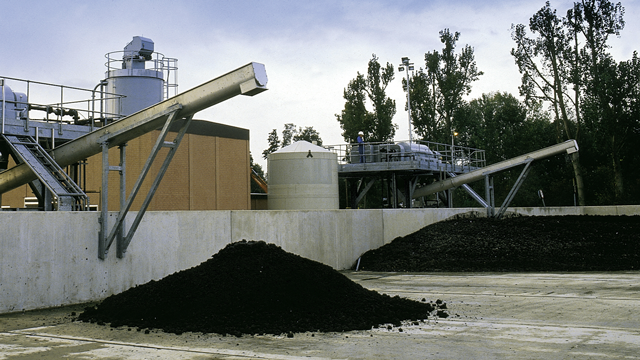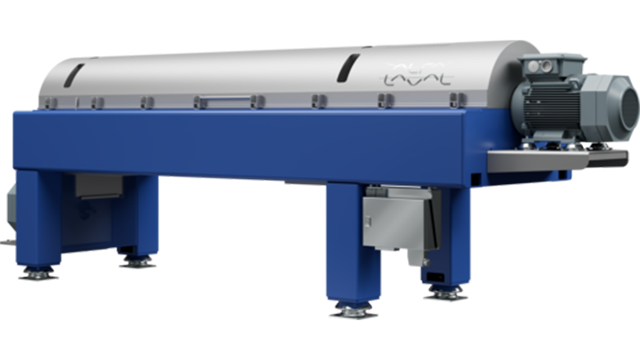Aldec
Alfa Laval Aldec centrifuges are designed for the sludge thickening and dewatering process in municipal and industrial wastewater treatment plants, as well as potable water works, solid waste plants, and biogas plants. Our decanter centrifuges focus on cost-efficiency, reliability, easy operation, and sustainability.
Benefits of using the Aldec for sludge treatment
- Reduces sludge volume during the sludge thickening and dewatering process, which cuts down on transport and disposal costs
- High capacity at small footprint: Compact, modular design saves space
- High performance combined with low energy consumption
- Wear-resistant design with anti-blocking feature.
- Complete, fully enclosed cleaning-in-place (CIP)
The extensive range of Aldec decanter centrifuges for sludge thickening and dewatering are capable of handling a wide range of flow rates. They are designed to be efficient, simple to install, easy to maintain and straightforward to operate. Installation, operating and service life costs are minimal.
Aldec decanter centrifuges success stories
Sludge thickening and dewatering - Less water, lower cost
Cost-effective sludge decanter centrifuges are crucial for removing the water content from sludge from wastewater plants, as well as from industrial waste streams. The drier the sludge, the less space it takes up and the less it weighs – both resulting in big savings on transport and disposal costs, whilst helping to meet sustainability requirements.
Low energy consumption and labour costs
When using the Aldec decanter centrifuges in your sludge thickening and dewatering process, you benefit from low energy consumption as well as a minimum of maintenance costs, keeping dewatering costs to a minimum. They are also fully automatic, so you can keep labour costs down.
The features that make the difference
Everything you need to meet your challenges today – and tomorrow
With more than 60 years of experience in solid-liquid separation, Alfa Laval knows what it takes to deliver high-performance solutions for the wastewater industry. Packed with features unique to Alfa Laval, our decanter centrifuges provide improved efficiency, reliability, and serviceability with each advancement.
FlightGuard
Robust wear protection for conveyor flights
FlightGuard wear protection consists of tiles welded to the conveyor of your decanter centrifuge, providing robust wear resistance and prolonged uptime in highly abrasive applications.
SolidsProtect
Flow-optimized solids outlet with wear protection
The innovative 360° outlet design ensures an even discharge of solids and minimal resistance. The outlet can handle high flow rates without blockages. SolidsProtect outlets feature replaceable wear saddles that maximize reliability and uptime of your decanter centrifuge.
FeedProtect
Feed zone with replaceable wear protection
The uniquely designed FeedProtect feed zone ensures gentle product acceleration and minimal turbulence, resulting in low abrasion and power consumption. The FeedProtect design is equipped with replaceable wear-protection liners, ensuring high uptime of your decanter centrifuge.
EasyLift
Spring loaded cover, that simplifies servicing
The patented spring-loaded hinged design makes it easy to open even the heaviest cover by hand. This also helps ensure quick, safe access for maintenance and service of your decanter centrifuge.
DeepPond
High separation performance and energy efficiency
Increasing the pond depth inside the bowl creates a larger volume, leading to longer retention time and improved separation performance. The DeepPond design delivers high solids dryness and clean centrate from your decanter centrifuge, even at high flow rates.
Kako radi
Separation occurs in a horizontal cylindrical bowl with a slimline screw conveyor. The feed enters through a stationary inlet tube and is smoothly accelerated by an inlet distributor in the feed zone. Centrifugal force causes solids to sediment on the bowl wall. The conveyor, rotating slightly slower than the bowl, moves solids to the conical end. The cake exits through discharge openings into the casing. Separation takes place along the entire cylindrical bowl, and the clarified liquid exits through adjustable outlet tubes.

